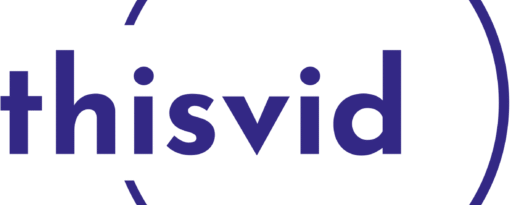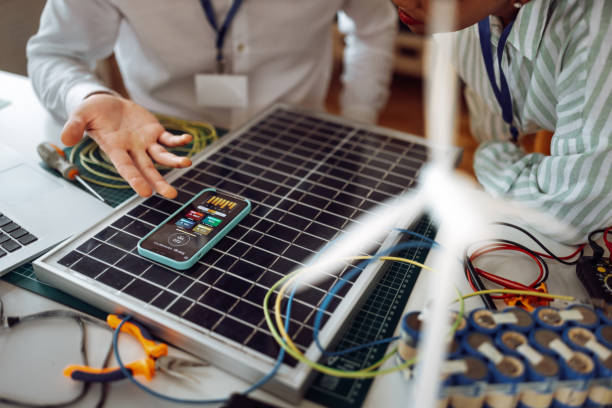Guiding Students through the Digital Environment to Promote their Well-Being
In the era of digital domination, when screens weave seamlessly into the fabric of our everyday lives, the influence of extended screen usage on kids’ eye health has been a significant worry. As we enter a new age of online learning like The Punjab School, it is essential to carefully consider the balance between using technology for educational reasons and ensuring the safety and welfare of our students.
The Impact of the Digital Frontier
The appeal of digital gadgets has transformed schooling, providing us with a vast amount of material readily accessible. Nevertheless, the unforeseen repercussions of extended screen exposure are already emerging. Students, driven by their inquisitive nature and unquenchable need for information, often spend long amounts of time fixated on screens, exploring a digital environment that may often be harsh on the eyes of young individuals in maturing.
Comprehending the Consequences
The human eye is a remarkable example of sophisticated engineering, yet it was not designed to withstand the continuous illumination emitted by displays. Extended exposure may result in various problems, including digital eye strain, dry eyes, and more severe disorders like myopia. The intense concentration needed for jobs using screens may result in ocular tiredness, migraines, and impaired vision—a combination of pain that is often overlooked until it transforms into a chronic issue.
Striking a Balance
Pursuing academic achievement involves finding a middle ground between using the educational advantages of technology and safeguarding kids from the negative consequences of excessive screen use. Both educators and parents must cultivate good screen habits from an early age, creating an atmosphere that prioritizes learning and eye health.
Education technology plays a crucial role in the field of education
The presence of technology in the classroom has both positive and negative consequences. Although it provides interactive and dynamic learning opportunities, it also subjects kids to extended durations of screen involvement. Schools must adopt strategies to use educational technology knowingly, ensuring that it enhances conventional teaching techniques without diminishing the significance of in-person relationships and practical experiences.
Practical Strategies for Optimal Learning Experience for the Eyes
Incorporating little modifications into everyday activities may significantly contribute to the preservation of kids’ eye health. Promoting the 20-20-20 rule, which involves taking a 20-second pause to focus on an object 20 feet away every 20 minutes, effectively reduces eye fatigue. In addition, ensuring enough illumination in schools and residences and regular eye examinations may help sustain ideal ocular well-being.
Promoting Digital Literacy
In addition to supporting physical well-being, it is crucial to empower kids by fostering digital literacy, enabling them to navigate the online world responsibly. At Economic School Near Lake City, Educators are responsible for instructing pupils to assess digital information critically, regulate their time spent on screens, and comprehend the possible consequences of excessive gadget use on their general well-being.
Parental Engagement
The relationship between schools and parents is crucial to tackling screen time problems. Establishing transparent communication channels enables parents to be informed about the digital technologies used in classrooms. It facilitates their collaboration with educators to build positive screen habits within the home environment. Implementing designated areas free from technology during family time and promoting outdoor activities are vital components of a comprehensive strategy for maintaining optimal eye health.
An Urgent Appeal
While striving for academic success, it is crucial to prioritize the well-being of the minds we want to cultivate. Tackling the issue of screen usage and its impact on children’s eye health requires a collaborative effort, including educators, parents, and politicians. This is a plea to establish an educational setting that is conscious of incorporating technology and prioritizes the well-being of young eyes.
In the dynamic realm of education, let us start on a path that embraces the digital era while protecting our kids’ innermost selves—their eyes. Clarifying their vision will enable them to negotiate the intricacies of virtual and actual environments that influence their educational path.






